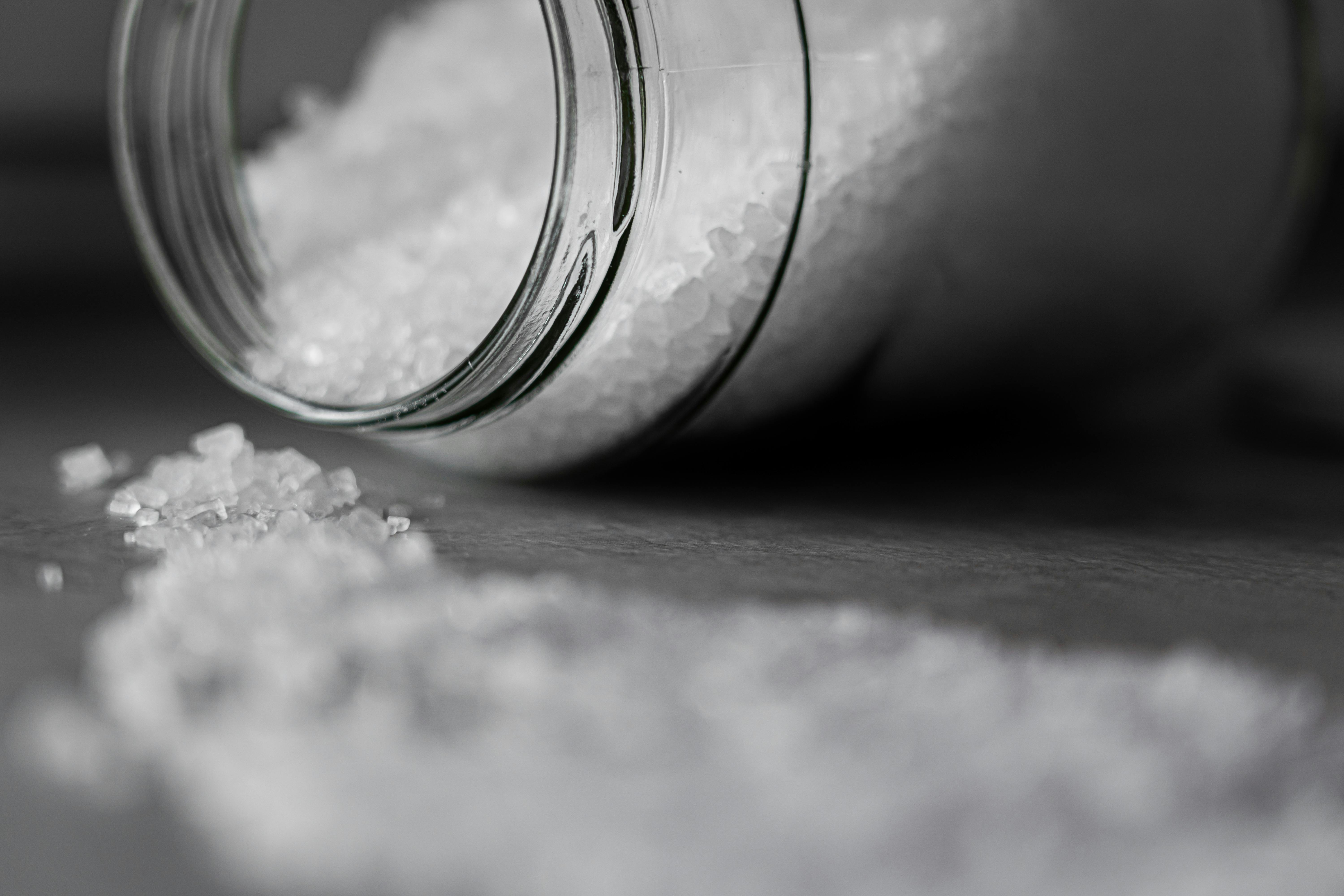The Transformative Power of Himalayan Salt Therapy in Beauty and Fitness
The Himalayas, home to the world's highest peaks, are also the source of a unique mineral-rich salt that has been used for centuries in traditional therapies. This pinkish salt, known as Himalayan salt, is now making waves in the beauty and fitness industry.

A Glance at the Himalayan Salt History
The history of Himalayan salt dates back to the Precambrian Age, over 4 billion years ago when the Himalayan region was still an oceanic bed. The salt deposits were discovered around 326 BC during the military campaigns of Alexander the Great. The locals, who had been using it for its curative properties, brought this mineral-rich salt to Alexander’s attention.
Over the centuries, Ayurvedic and Traditional Chinese Medicine practitioners utilized Himalayan salt for its purported health benefits, including balancing the body’s pH levels, improving respiratory conditions, and promoting better sleep. Today, this ancient gift from the Himalayas is gaining recognition in the global beauty and fitness industry, where it’s being hailed as a powerful tool for wellness and transformation.
The Himalayan Salt Trend in Today’s Beauty and Fitness Industry
Himalayan salt has entered the beauty and fitness industry in various forms, from salt lamps and salt room therapy to salt-infused skincare products and culinary uses. Experts suggest that when used appropriately, this pink salt can support a healthier lifestyle and a more radiant appearance.
In fitness, Himalayan salt is being used in innovative ways. One trending practice is salt room therapy (or halotherapy), where individuals exercise in rooms lined with Himalayan salt or use salt inhalers during workouts. This practice is believed to enhance breathing capacity, boost stamina, and aid recovery post-workout.
In the beauty realm, Himalayan salt is incorporated in skincare products due to its rich mineral content that includes magnesium, potassium, and calcium, all of which are essential for skin health. Himalayan salt scrubs and bath salts are popular for their exfoliating, detoxifying, and soothing properties.
The Impact of Himalayan Salt in the Market
The global demand for Himalayan salt is on a steady rise, driven by its increasing popularity in the beauty and fitness industry. Market research anticipates that the Himalayan salt market will witness significant growth, with an expected CAGR (Compound Annual Growth Rate) of 6.3% from 2021 to 2026.
The fitness industry’s adoption of Himalayan salt therapy has contributed to the growth of wellness centers offering salt room therapies. Similarly, the beauty industry’s incline towards natural, chemical-free products has pushed Himalayan salt to the forefront as a key ingredient in skincare products.
Evaluating the Evidence
While anecdotal evidence and traditional use suggest numerous benefits of Himalayan salt, it’s essential to look at the scientific backing. A study published in the Journal of Medicinal Food found that Himalayan salt contains over 84 trace minerals and elements beneficial to the human body.
Regarding salt therapy in fitness, a review in the International Journal of Chronic Obstructive Pulmonary Disease concluded that halotherapy could improve lung function, making it beneficial for respiratory health and potentially enhancing fitness performance.
However, it’s important to note that research is ongoing, and while Himalayan salt has potential benefits, it’s not a magic cure-all. As always, moderation is key.
Conclusion
As beauty and fitness enthusiasts continue to seek natural, holistic approaches to wellness, the trend towards Himalayan salt doesn’t seem to be slowing down. Whether utilized in a fitness routine or a beauty regimen, Himalayan salt offers a unique blend of history, wellness, and modern innovation. It truly embodies the transformative power of nature’s bounty in the pursuit of beauty, fitness, and well-being.






